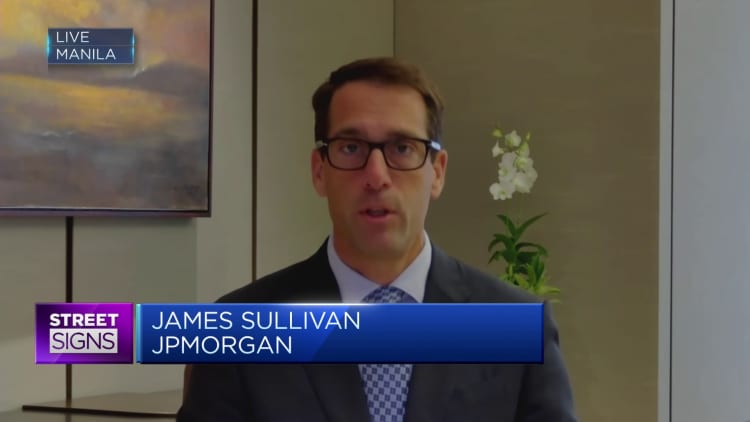[ad_1]
India’s GDP growth is expected to reach 6.4% in 2024, and will hit 7% in 2026, according to S&P Global.
Kriangkrai Thitimakorn | Moment | Getty Images
As China’s economy slows, the main engine of growth in Asia-Pacific will move away from the world’s second largest economy to South Asia and Southeast Asia, according to S&P Global.
India’s economy is expected to power ahead in the next three years, leading growth in the region.
India’s GDP for the fiscal year ending March 2024 is predicted to hit 6.4%, the credit rating agency said Monday in a separate report — that’s higher than their previous forecast of 6%.
S&P attributes the change to an increase in India’s domestic consumption that has balanced out high food inflation and poor export activity.
Similarly, other emerging markets such as Indonesia, Malaysia and the Philippines are set to see positive GDP growth this year and the next due to strong domestic demand, the report said.
S&P lowered India’s growth outlook to 6.5% in fiscal 2025 — down from their previous prediction of 6.9%, but expects GDP growth to jump to 7% in fiscal 2026.
In comparison, China’s growth is predicted to come in at 5.4% in 2023, 0.6% higher than S&P’s previous forecast, while growth in 2024 is expected to be 4.6% — higher than the previous forecast of 4.4%.

“China’s recent approval of a Chinese renminbi (RMB) 1 trillion sovereign bond issue and allowance for local governments to partially frontload 2024 bond quotas, contributed to our real GDP growth forecast,” S&P said in the note.
However, it warned that turmoil in China’s real estate sector will continue to be a threat to its economy.
“Demand for new properties remains lackluster, affecting developers’ cash flows and land sales,” said Eunice Tan, Asia-Pacific’s head of credit research at S&P Global.
“Amid constrained liquidity, highly indebted local government financing vehicles (LGFVs) could see credit stresses intensify and hit Chinese banks’ capital positions,” she pointed out.
Despite S&P’s optimism in Asia-Pacific, energy shocks from the Israel-Hamas war and the risk of a hard landing in the U.S. economy led to the credit ratings agency lowering its forecast for the region (excluding China) next year to 4.2% from 4.4%.
[ad_2]
